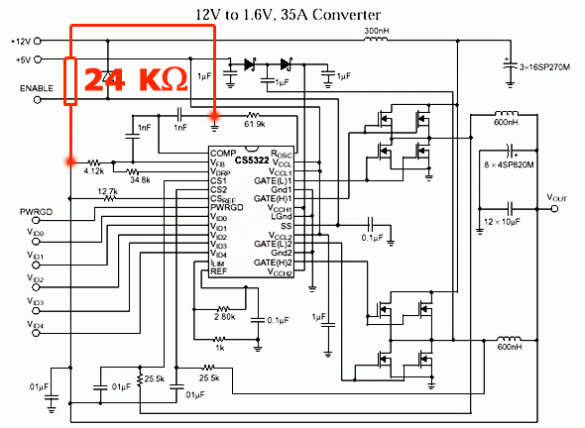Tuning Extreme: Overclocking with the Asus A7V
CPU Core Voltage As The Limiting Factor
The core voltage is the limiting factor for overclocking AMD's Duron and Athlon processors. Because the four voltage IDs are fixed, AMD specifies 1.85 Volts as the highest adjustable core voltage. Therefore the AMD Athlon 1000 for example, which requires a standard voltage of 1.8 Volts, can hardly handle higher clock frequencies because the voltage cannot be increased.
Significant increases in clock frequency can be achieved if the core voltage is raised beyond 1.85 V, especially in combination with a powerful heat sink and fan.
The situation is identical with the ever-faster Duron processors: they require a higher voltage for overclocking to operate at a stable level. Even 1.85 V are not always sufficient. Using the Asus A7V as example we demonstrate how the core voltage can be raised with small modifications.
These utensils are required for modifying the motherboard: A soldering iron with a fine tip, solder, and a resistor with 24 KOhm (performance class 1/4 W).
This picture shows the modification of the controller IC on the VRM module of the Asus A7V. The 24 KOhm resistor distorts the input signal at the controller IC and increases the CPU core voltage.
Get Tom's Hardware's best news and in-depth reviews, straight to your inbox.
Current page: CPU Core Voltage As The Limiting Factor
Prev Page Prerequisites For Successful Tuning Next Page Building Instruction: A Maximum Core Voltage Of 2.32 Volts
